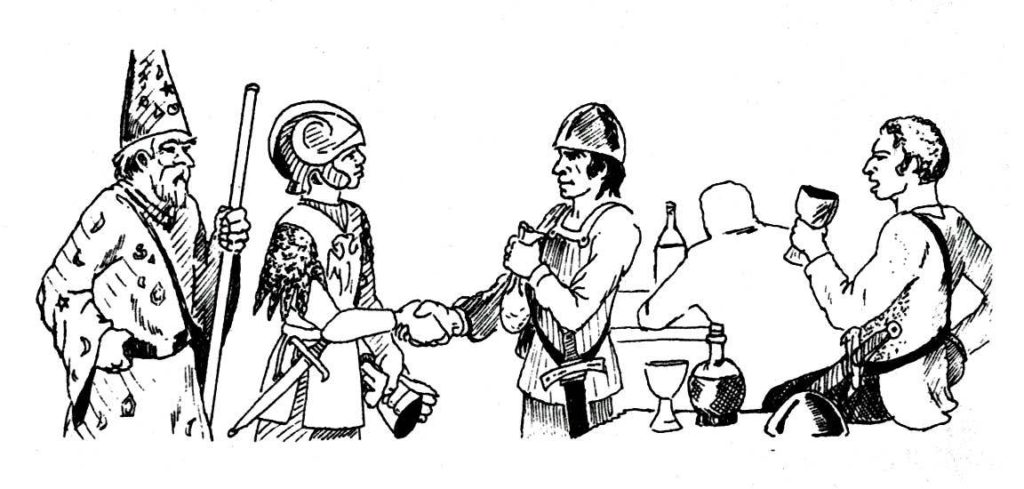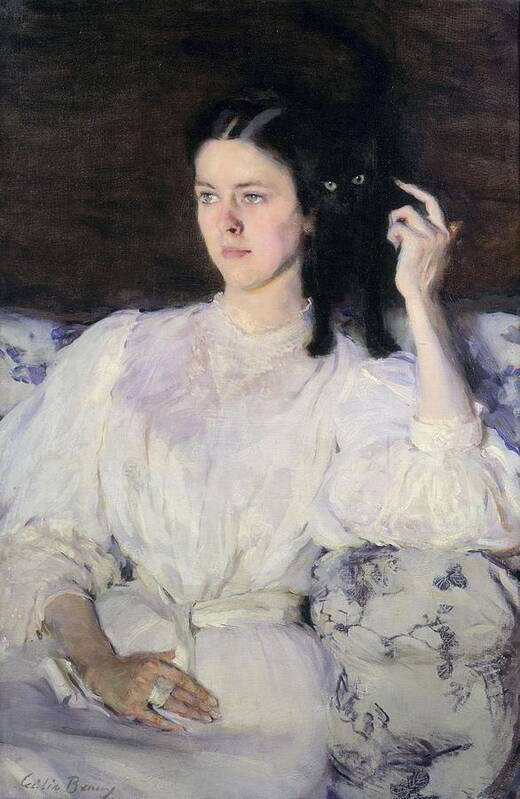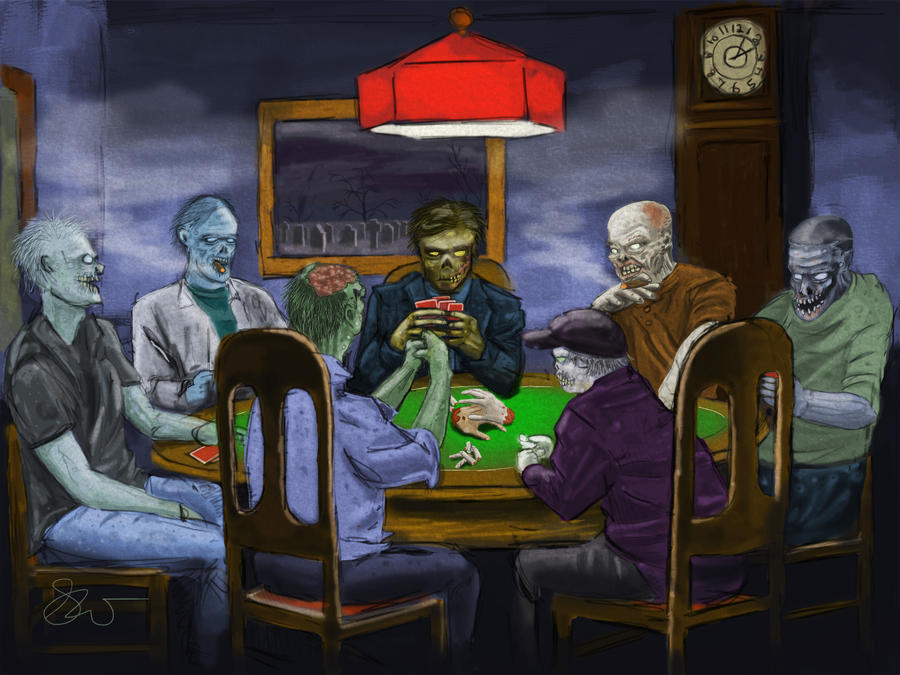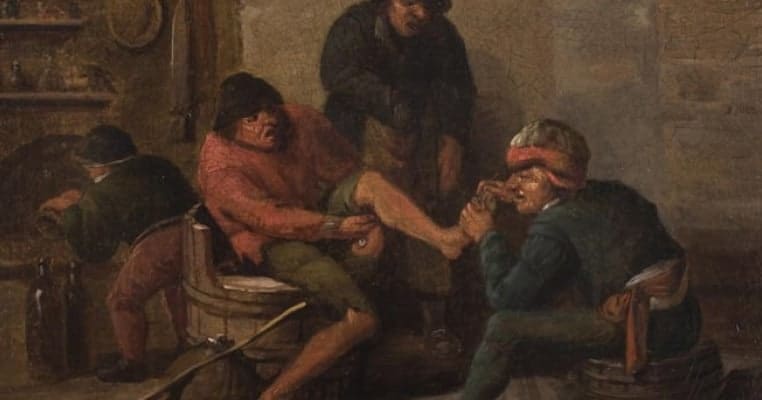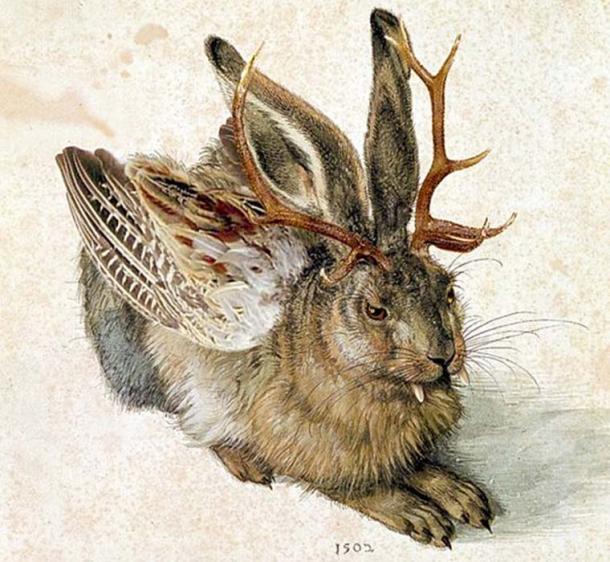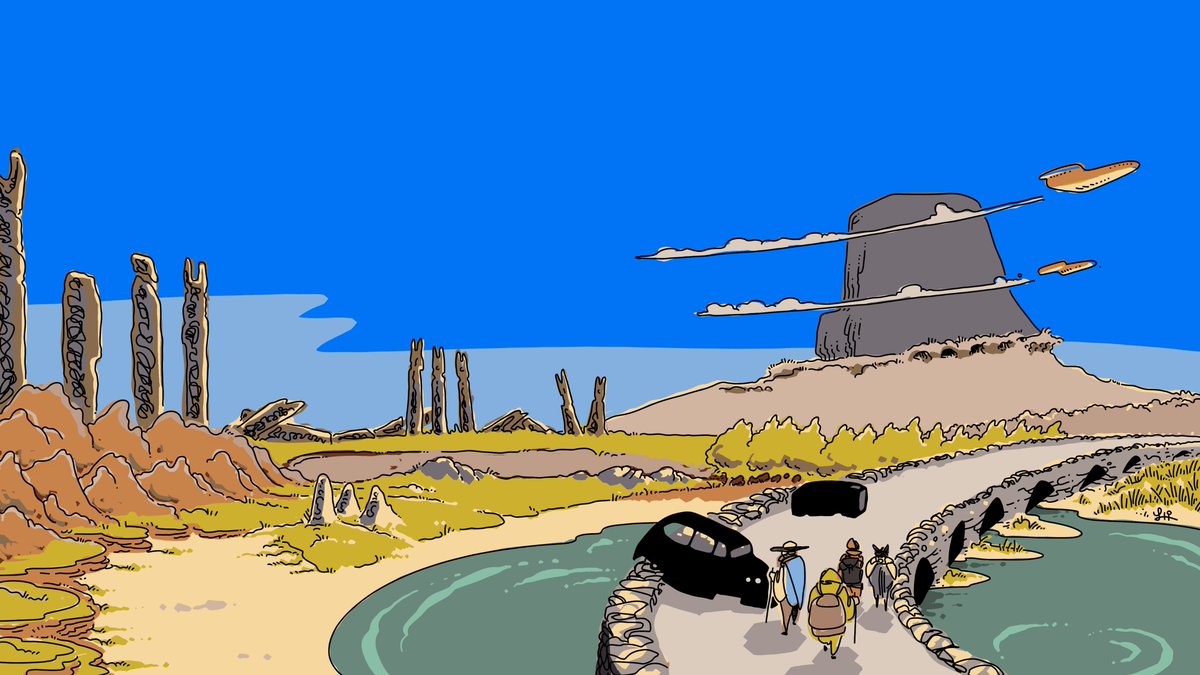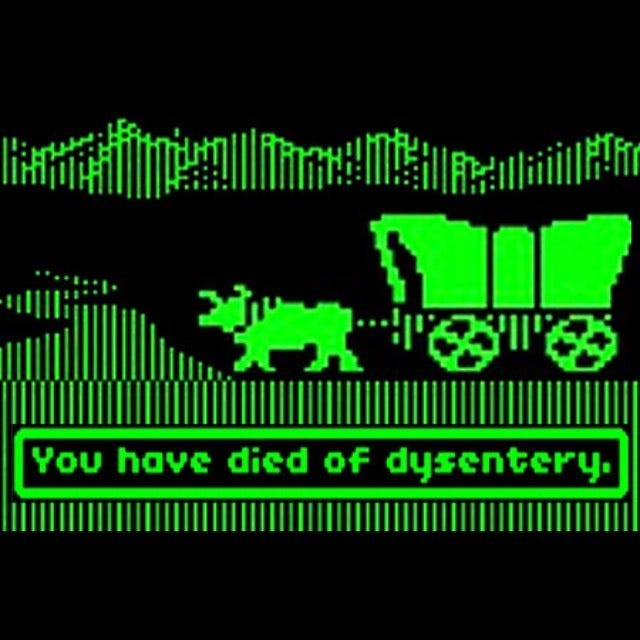The Party
Longo Lightfoot, Halfling Thief, wears a sky-blue headscarf. Played by CaptainSabatini.
Corby the Joyful, Human Cleric of Sucellus, wears a short, conical hat. Played by diregrizzlybear.
Ranucci the Omniscient, Human MU, wears an orange and indigo polka-dotted hood. Played by DymeNovelti.
Idred the Most Omniscient, Human MU, wears a full-visored greathelm. Played by David Perry.
Boroth Swinney the Joyous, Human Fighter, played by Justin Hamilton
Lisette the Lucky, Torchbearer who had been on a previous expedition to the castle, and saw most of her companions butchered.
Willemot the Wary, Light Footman.
Stanislas, Light Footman.
Francois, Light Footman, and his hunting dog Fideaux.
Aymeric, Heavy Footman, boasts about the bonuses the party will pay him once he saves their asses.
Ysabeau, Heavy Footman, wants to start his own adventuring company once he has the funds.
Loot
Bottle of champagne, as a potion of heroism
Silver horseshoe
Sheaf of Kriegspiel house rules
Casualties
No deaths, no injuries
The Game

- The game started at the moment the session ended last week; having just slain four zombies, freed a noble prisoner and looting the golden mirror from his disintegrated body. Francois and Stanislas were badly hurt by the zombies before they were taken down, however, and the party decided to take their gains and schlep back to town while everyone was still breathing.
- As they escaped the castle and left the Valley of Three Rainbows, the party heard a great roar, from roughly the location of the rose garden. They left at double speed.
- Back in Tours-en-Savoy, the party got to selling their loot, identifying and getting prices on the curiosities they found, and carousing. They played Kriegspiel (the game of gentlemen!) in the Cathouse, and got stared at by odd-looking peasants in the black comedian. They took a moment and their newfound funds to hire on a pair of additional hirelings; Aymeric and Ysabeau, heavy footmen.
- While there, they dropped off Stanislas and Francois at the local hospital. They hadn't been too seriously injured, and would be back at full capacity in a couple days.
- A few beds down from the henchmen, they notice a staggeringly handsome man with a bandage covering half of his face. This is Giacomo, one of Lisette's former companions. He filled the party in on the whole story. He was separated from the party in the man-eating hat fiasco, and ended up wandering the halls near the south entrance. He recalled heading east from a hall of portraits, and finding himself in front of a door with a strange locking mechanism shaped like a bat. He opened by sheer luck, and encountered Countess Maltricia Malevol, a vampiress and one of the higher-ups in Castle Xyntillan's hierarchy. She fed on him and plucked out his eye, but Giacomo was saved when Adelaide 'fell in love' with him and took him as her own.
- The next few weeks were a blur, but he eventually managed to escape the castle and crawl back to Tours-en-Savoy. With several weeks until he'll be back in shape, he wasn't thrilled about returning to the castle and rejoining his captor. However, he proposed another plan.
- Giacomo announced his plan to marry Adelaide Malevol. Doing so would protect him from the worst of the Malevols' wrath, being a member of the family, and the bonds of holy matrimony would give him further protection from his bride's ghoulish form (that she was already undead when they married would be immaterial). All he needed was a cleric, a ring, a chapel, and a yes.
Giacomo: As you can see, it has nothing to do with lov-
Party: NO! NO! YOU TWO ARE IN LOVE! SAY IT WITH ME!
Giacomo: ...
Party: ...
- The party's new objective, besides getting loot: to find the chapel in Castle Xyntillan, and help Adelaide and Giacomo get hitched! They gear back up and return to the castle shortly afterwards.
- The party retraced their steps to the latrine room and continued west, finding a corridor laden with spiderwebs. A series of doors to the east and west were systematically examined, and one with a scuttling sound behind it was spiked shut. The others opened into old living quarters, with simple furniture covered in a thin coat of dust. The southern room hosted a treasure chest with a note attached: Contains Type VI Treasure. The party was spooked, and left Francois inside alone to open it with a 10' pole.
Longo: Boroth, hand me your pole
Boroth: You should at least buy me dinner fir-
Longo: Don’t be cute.
- They heard him messing around with it, and subsequently a harsh cough. It turned out to just be dust, and inside the chest was a pile of loose manuscripts. They were house rules for Kriegspiel, which would allow commanders to control individual soldiers instead of whole companies. The party concluded it would never catch on.
- As they pressed south, a ghost in the black robes of a judge passed them by, heading north with a wail: Get out of my way! I have a trial to attend! The ghost's passing touch turned the party's flesh icy cold, but it disappeared around the corner quickly enough. Immediately afterwards, the party heard drinking songs from a large number of voices in the next room.
Boroth: Remember Corby, you've been drinking. *wink*
- They burst in to find a mess hall, and more than a score skeletons of military veterans in various states of drunkenness. The singing stopped, and they one yelled, "The enemy's back for a pounding!"

- The skeletons charged forward, but being in the doorway, the party only had to hold off a few of them before Corby lifted his holy symbol and turned them back. In the resulting confusion of skeletons crashing into one another, the party closed the door, spiked it shut, and repeated the process for every portal they thought led towards the mess hall, and booked it north.
- They proceeded towards the eastern courtyard which they avoided in the previous expedition. The interior garden was dominated by the main tower of Castle Xyntillan, which stretched into the sky just above them. Odd statues atop high pillars loom above the ground, and multiple doorways lead in all directions.
- To the west, the party finds a pile of corpses (relatively fresh) backed up against a bricked-up doorway. Frost burns and lacerations cover the bodies, while one clutches a bottle of champagne (as a potion of heroism). The party makes a note of the doorway, but decides against taking it apart right then.
- Further north and west, the party came upon a gardener's shed, complete with a half-dozen ghouls squabbling over a morsel of heartsmeat from the bodies the party discovered earlier. They asked the party for help in deciding which of them it belonged to, but the party instead decided to be diplomatic and excuse themselves.
- North of the gardener's shed, the party came across the ruins of a bathhouse, the hot water still running and the statue of a basilisk overlooking the pool. They were about to investigate when they heard the steady pum-pum-pum of heavy, pounding feet, accompanied by a tangible increase in the ambient temperature, and the sickly-sweet smell of roses.

- THE BEAST!
- The party immediately shoved the door closed and high-tailed it. They didn't know if the Beast knew who had desecrated the rose garden, but considering that Ranucci was wearing one of those roses in his hair, it wasn't a good idea to risk it.
- The party returned to the courtyard and tried the great, rusted doors to the south. While they were cleaning off the rust and greasing the hinges, they heard a soft, 'hello?' A girl, maybe 8 or 9 years old, carrying a bouquet of flowers stood behind them. She introduced herself as Hortensia Malevol. She was the first member of the family the party had met thus far who had been alive.
- Hortensia was rather lost, confused by the layout of the castle even having grown up in it. The party allowed her to tag along with them until they could find somewhere to drop her off, or until another family member came along.
- The rusted doors opened into a large stables, empty but still supplied with fresh straw. The party dug around and picked up a silver horseshoe. Touching it resulted in a charged, tingly sensation.
- Exploring further south, the party heard muffled chanting in the distance. They came upon a large chamber, filled with row on row of disused pews, a cracked stone altar and a faded mural depicting monks harvesting grapes. They had found the chapel! as the party entered, another doorway opened and eight monks, chanting darkly from under their concealing hoods, walked into the chapel. They stood opposite the party condemning them as intruders and blasphemers.
- Hortensia stepped forward and waved at the monks with glee.
- The session ended with the players locating their quarry, with a small child standing between them and a crew of chaotic monks out for blood.
Takeaways
It's getting a bit inconvenient to keep using simple names for rooms, especially as the types double up. There are multiple courtyards, multiple gardening sheds, and as the party explores further they'll find more duplicates of this sort. I need to be proactive in naming these by their defining features.
The part of my GMing I'm least satisfied with at the moment is my diction and narration. Especially if the players are in an area I didn't know off the top of my head, I tend to slow down, placing large pauses in the middle of sentences.
The random encounters with family members continue to dramatically alter my expectations of how the session is going to go. The Beast scared the party off from exploring a whole wing of the castle, while Hortensia's presence adds another wrinkle to the expedition and changes the character of the upcoming conflict in the chapel
The party was quite risk-averse this session, likely to their detriment in some cases. In Castle Xyntillan, very little of the treasure may be found safely. The rewards if the party had been a bit more reckless (and survived, of course) would have been immense.
Next Chapter: Trespassing and Toads


